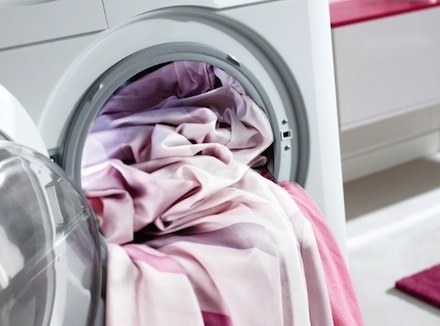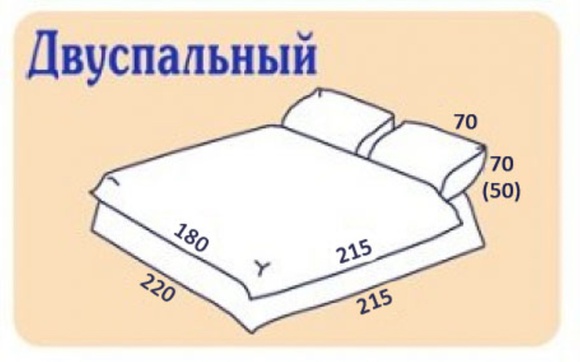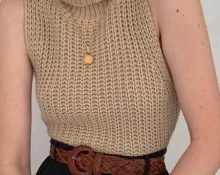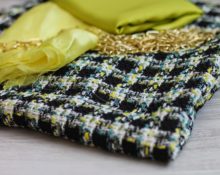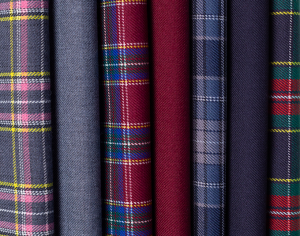
Choosing a school uniform is a very responsible matter and must be approached with all responsibility. If everything is simple with fabric colors: uniform color standards are accepted (gray, blue, burgundy, black and dark green), then with regard to the choice of material for sewing, there are options.
What requirements must material for a school uniform meet?
Considering the fact that a child is at school most of the day, the safety of school fabric in contact with his body is very important.

Fabric for school uniforms must meet the following hygienic requirements:
- Have a certain degree of breathability. This is necessary so that the child does not sweat and feels comfortable.
- The absence of static electricity in fabric is an important criterion for choosing school fabric.
- The presence of hygroscopicity of the material. For natural fabrics this figure is always high, but for synthetics it is minimal. In addition to hygienic requirements, there are also chemical requirements:
- Greater demands are placed on the color fastness of the material. Dyes used for painting must be safe for children. And one more type of requirements - operational:
- The fabric must be wear-resistant and elastic. To meet these requirements, you need to choose fabrics with a low content of synthetic fibers. They will make the material more elastic, comfortable to wear and ensure its long-term preservation without stretching or deformation.
- Easy to care for. School clothes should be washed often, dry quickly and not wrinkle too much.
Composition of fabric for school uniforms
Let's consider this issue in more detail. Everyone knows that synthetic fabrics do not allow air to pass through well and become electrified. Therefore, most parents would opt for natural materials. However, they also have disadvantages:
- High price;
- Tendency to stretch, form pellets, low wear resistance.
The way out of this difficult situation is to combine natural and synthetic fibers. The result is an inexpensive, wear-resistant, durable fabric that is not prone to wrinkles. The main thing here is to choose the right proportion.
A proportion consisting of wool + up to 40% polyester fiber + 30% nylon threads is considered very good. Additions of lavsan or viscose fiber up to 50% are acceptable.
The fabric for blouses and shirts should have 65% natural fibers or viscose.
What fabrics are school uniforms made from?
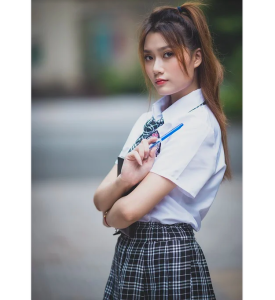
The following types of fabrics are chosen for school uniforms:
- Pikachu fabric is a synthetic knit fabric that can stretch in two directions. Composition: 90% viscose + 10% elastane. Soft, dense, well-draped material, fits perfectly on the figure, and has a budget price.
- Practical fabric – polyviscose.The composition includes polyester 70% and viscose fibers 30%. Meets all requirements for materials for school uniforms. It comes in matte and glossy.
- Fabric for a school skirt, jacket, sundress – tartan. It is made by twill weaving threads using wool and cotton fibers. The addition of artificial threads adds the necessary qualities of wear resistance and prevents creasing. The composition allows for 60% cotton, 20% viscose, 20% acrylic.
- Another fabric is gabardine. It is a mixture of wool and polyester. Dense, soft, strong fabric with small rib.
By following the recommendations of our article, you can correctly, taking into account all regulatory requirements, choose the material for sewing your child’s school uniform.


 0
0

